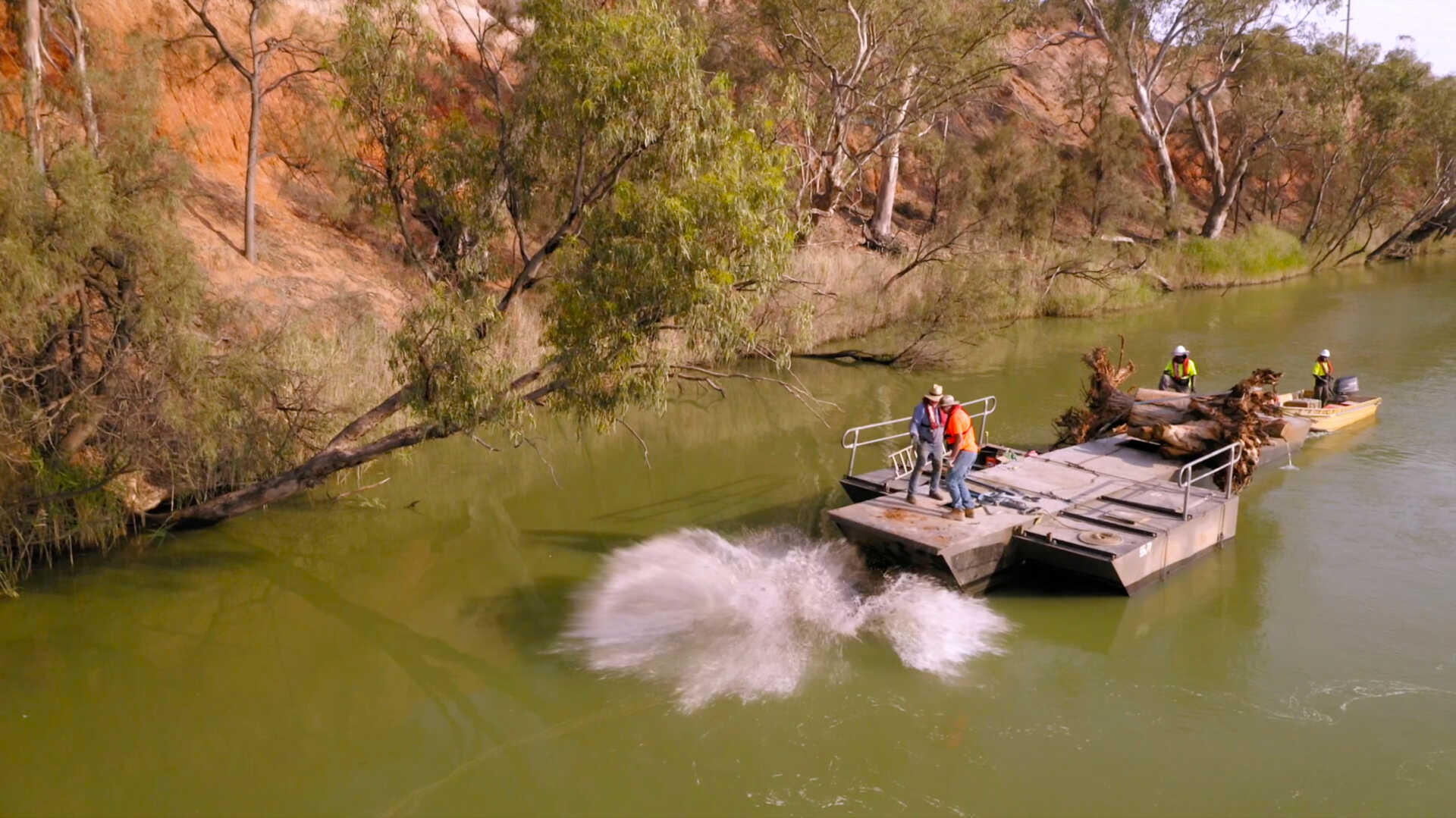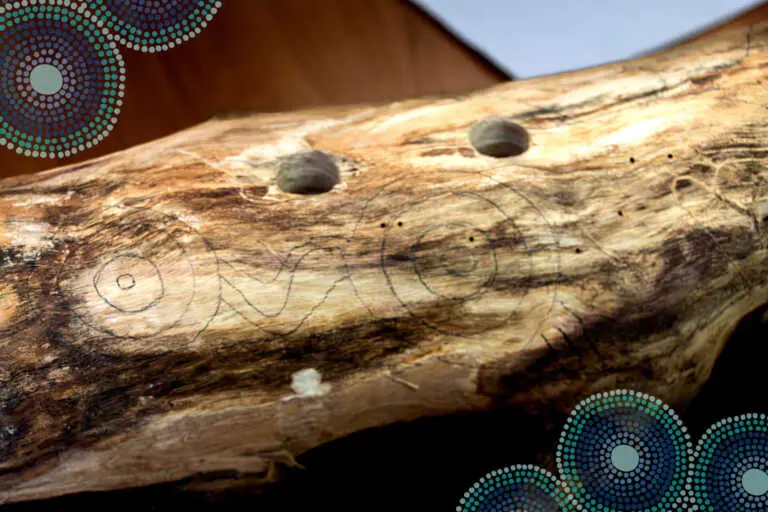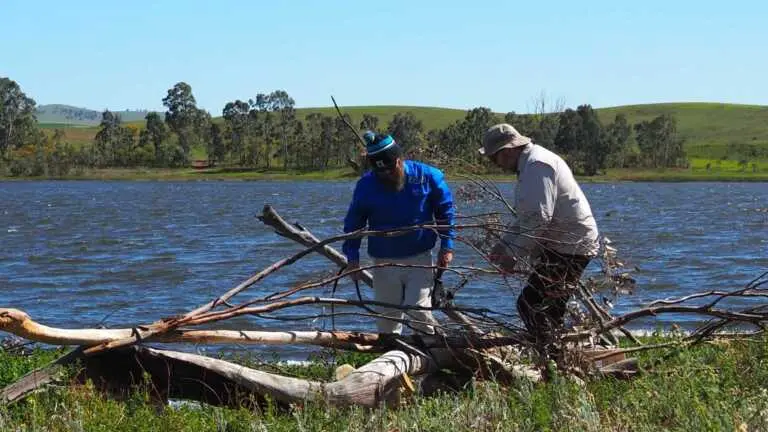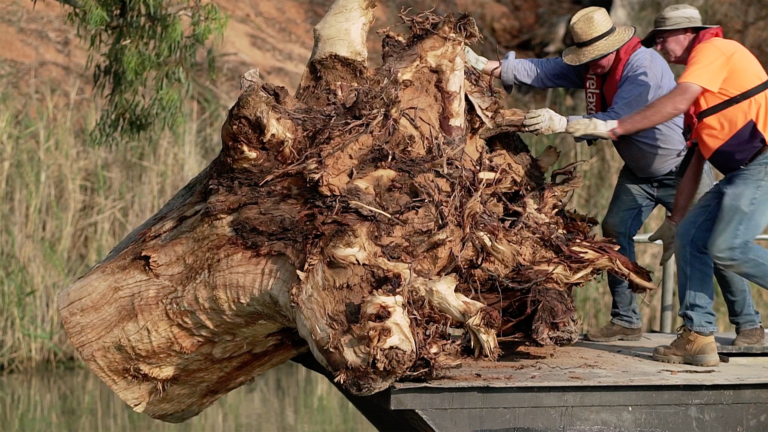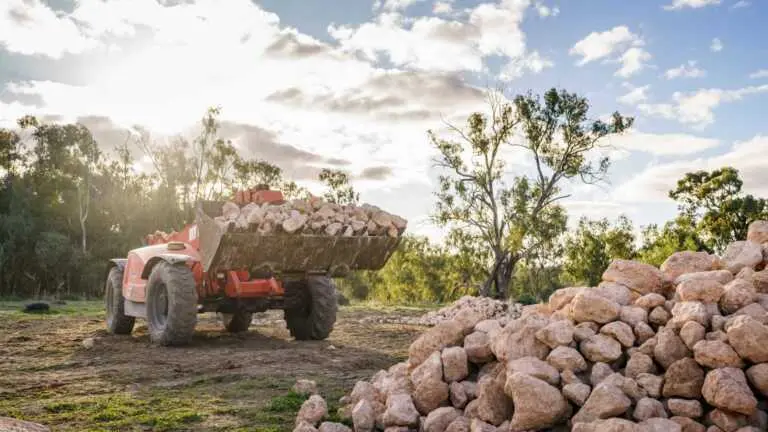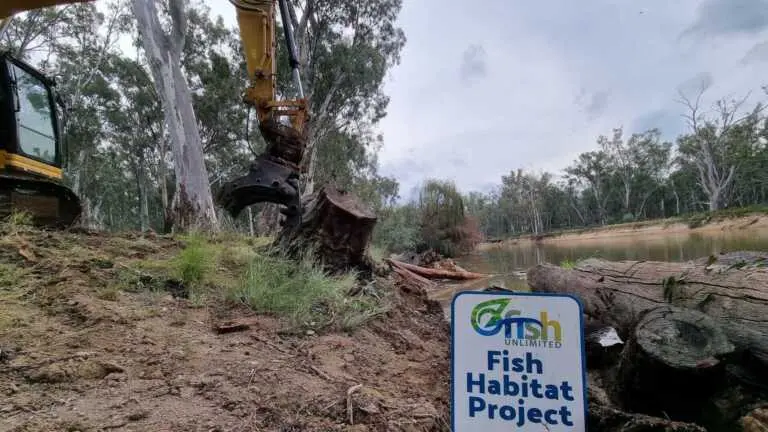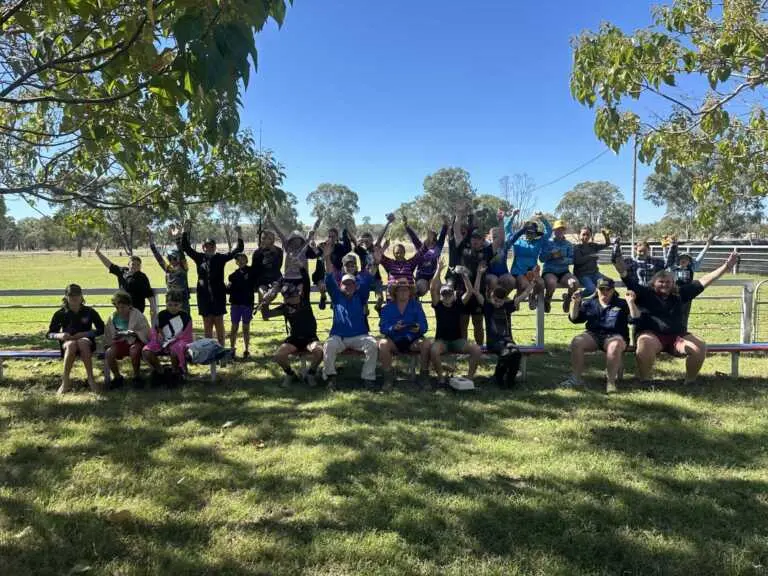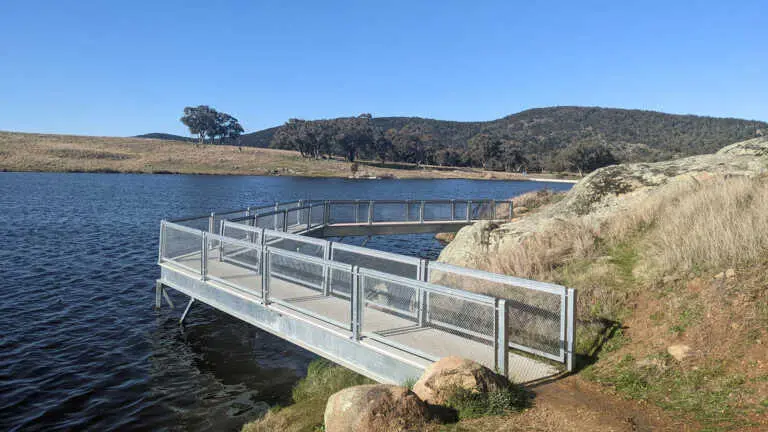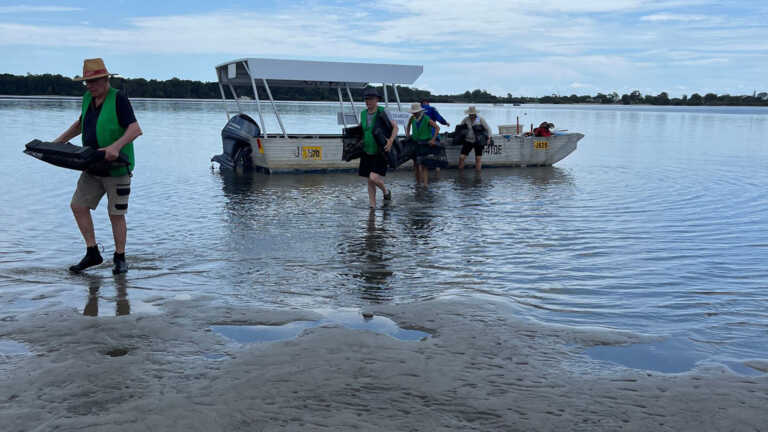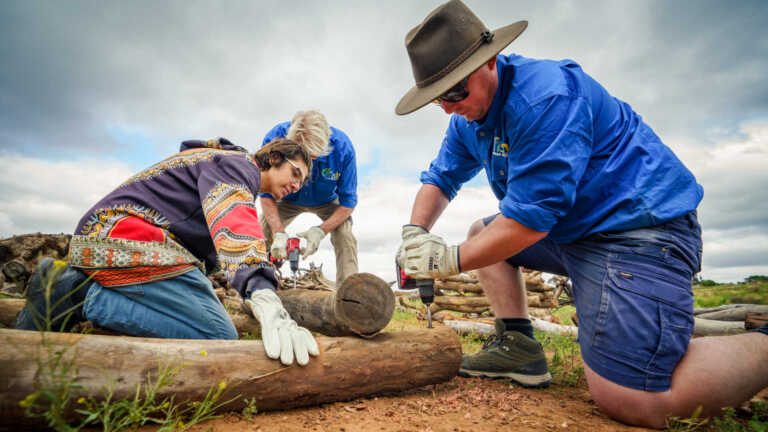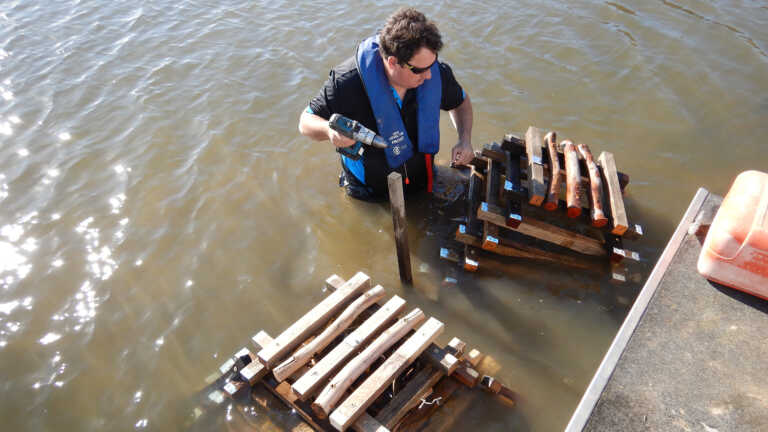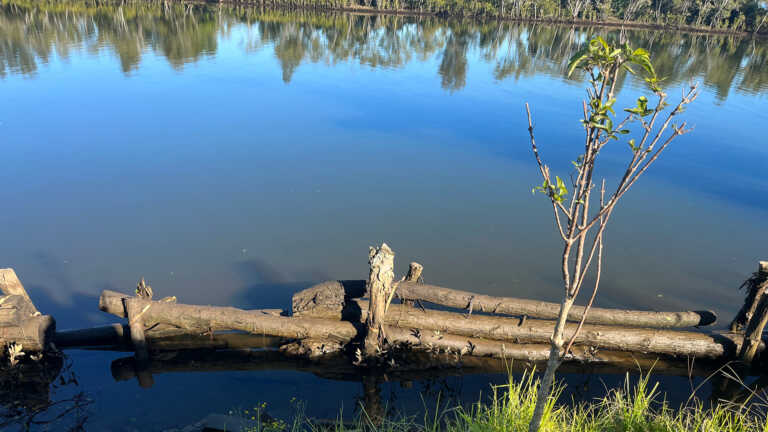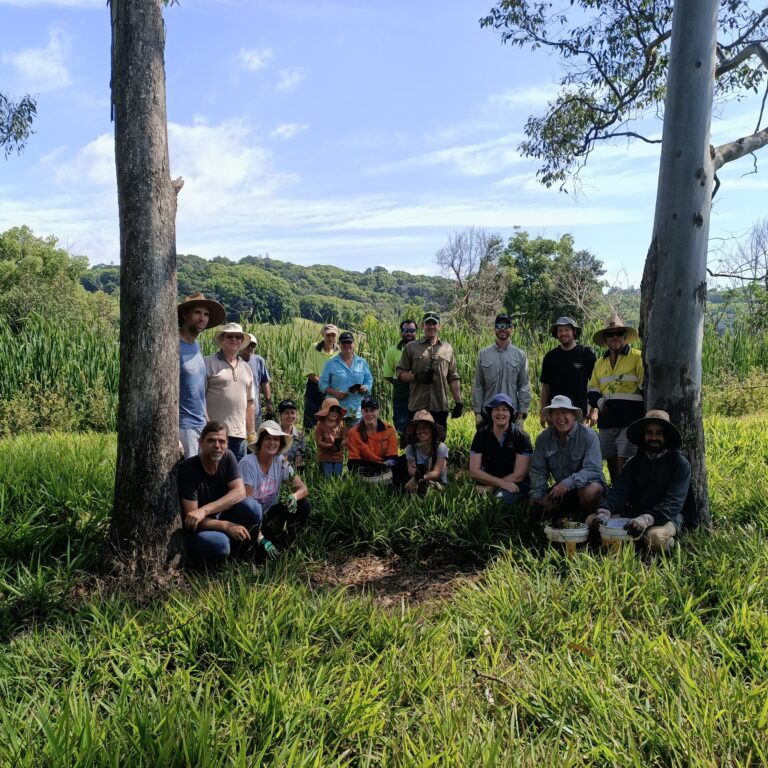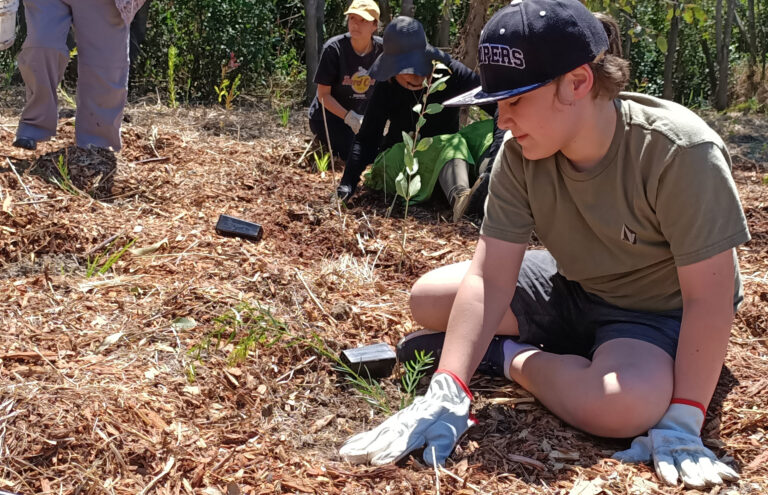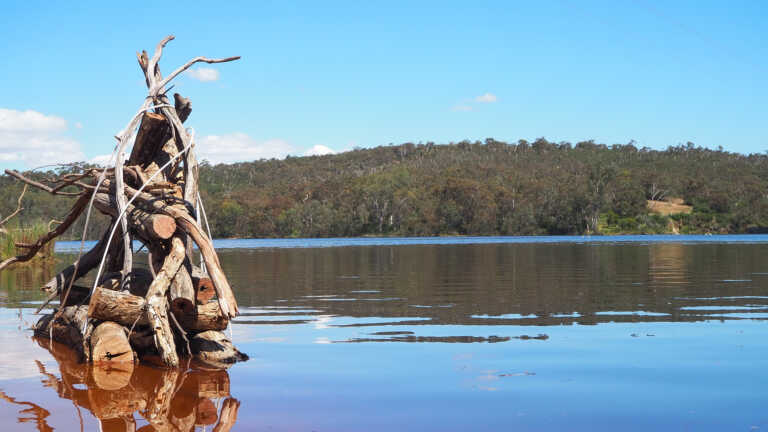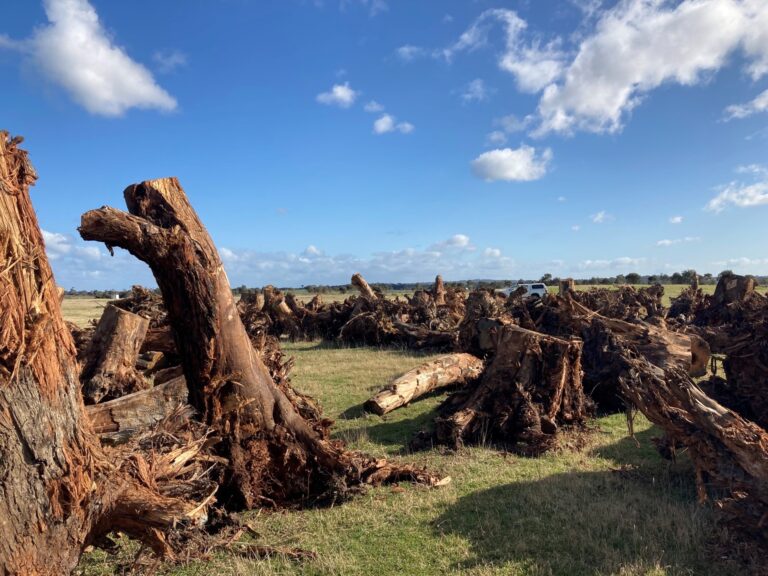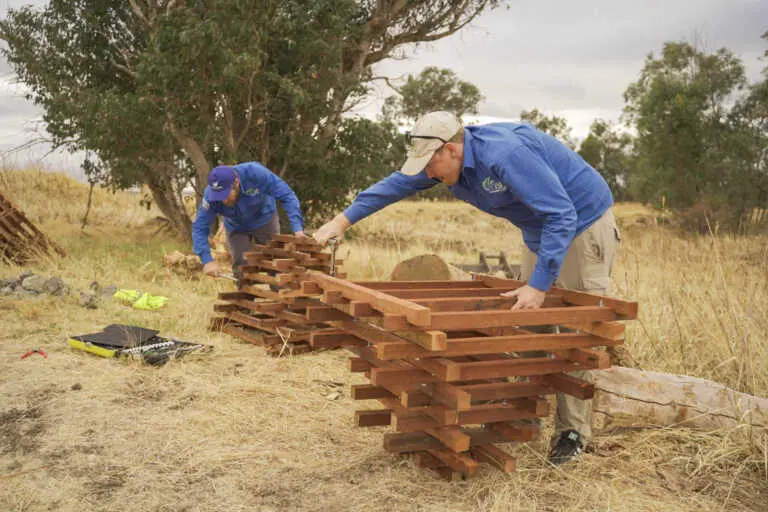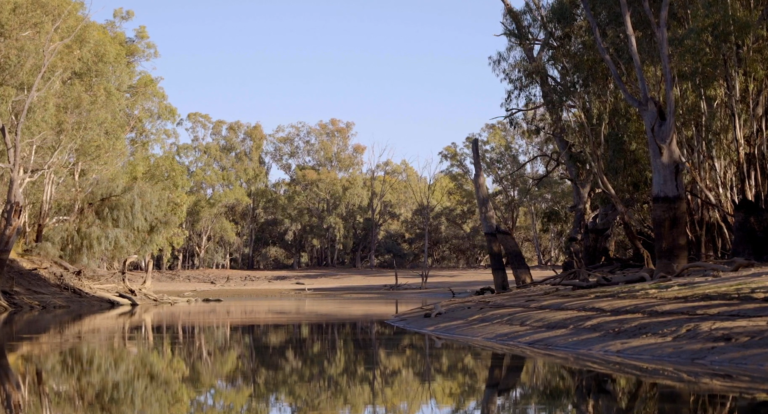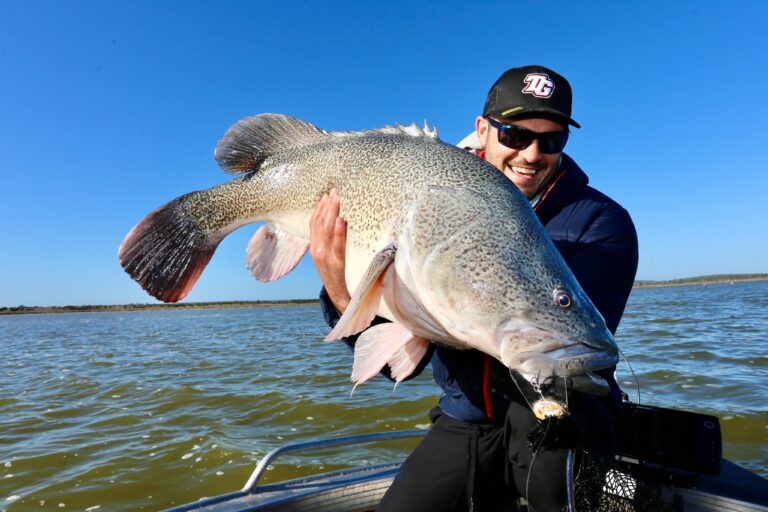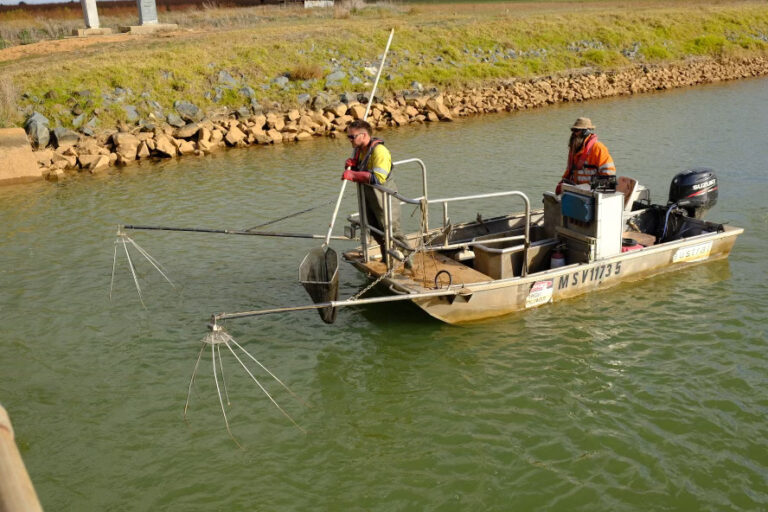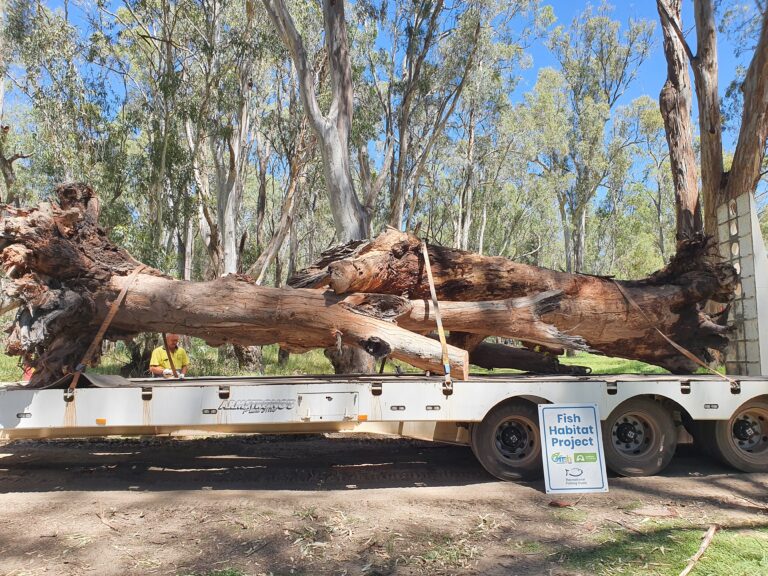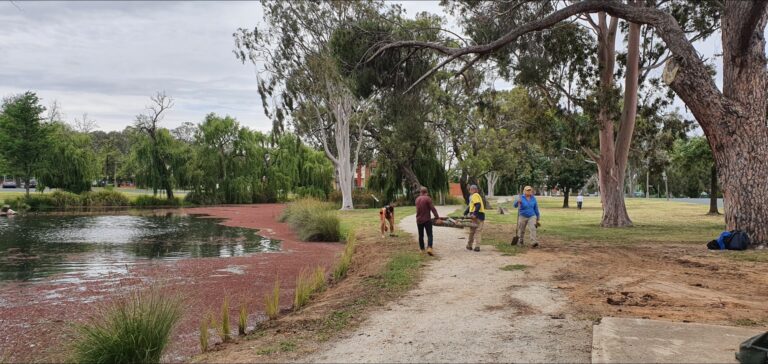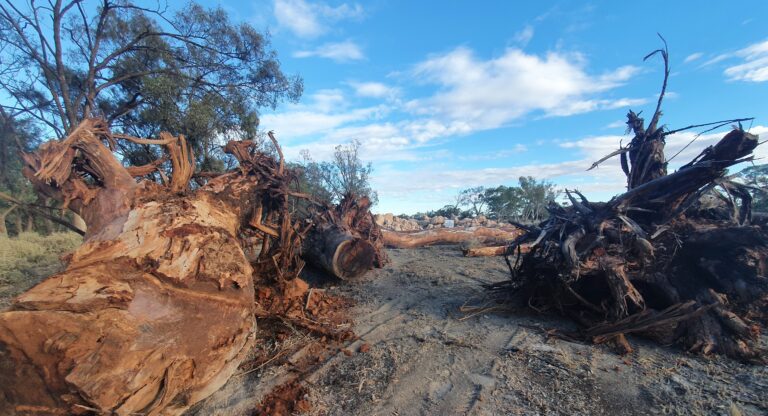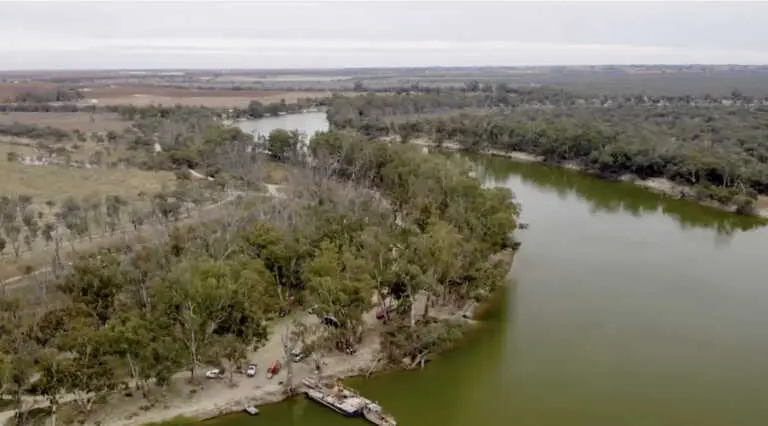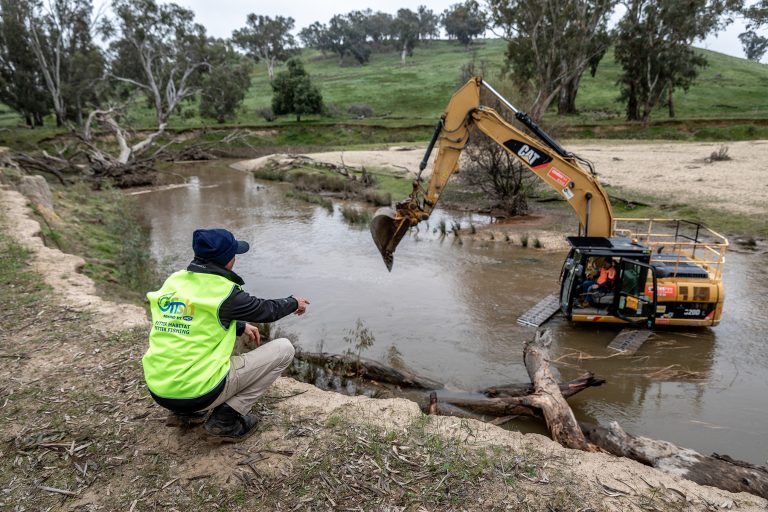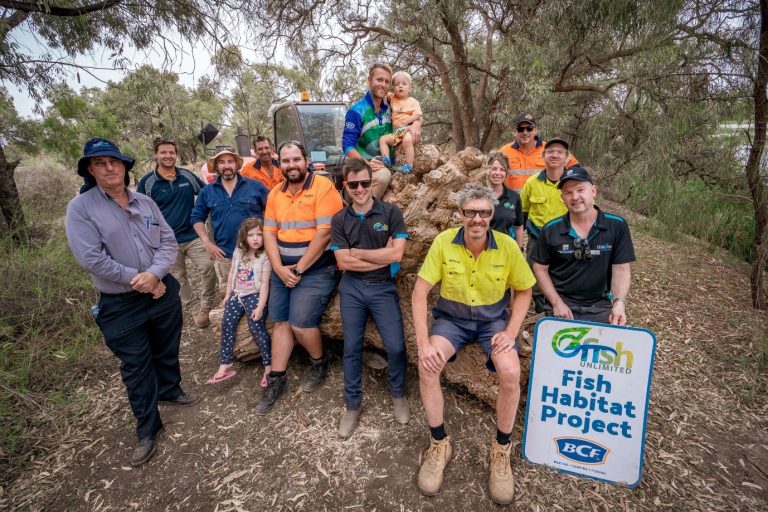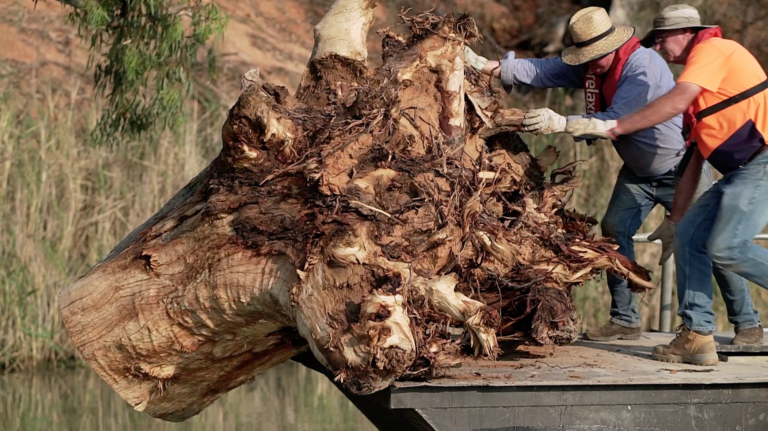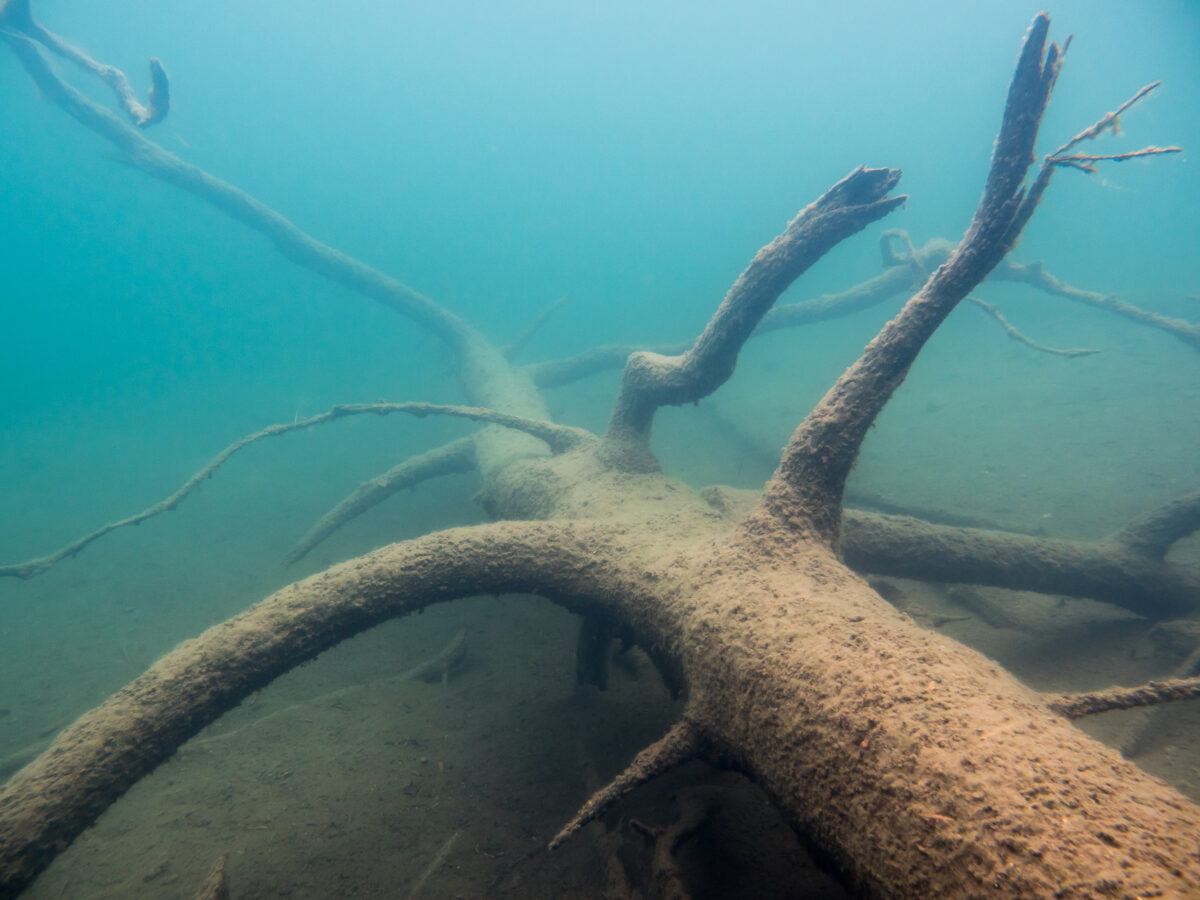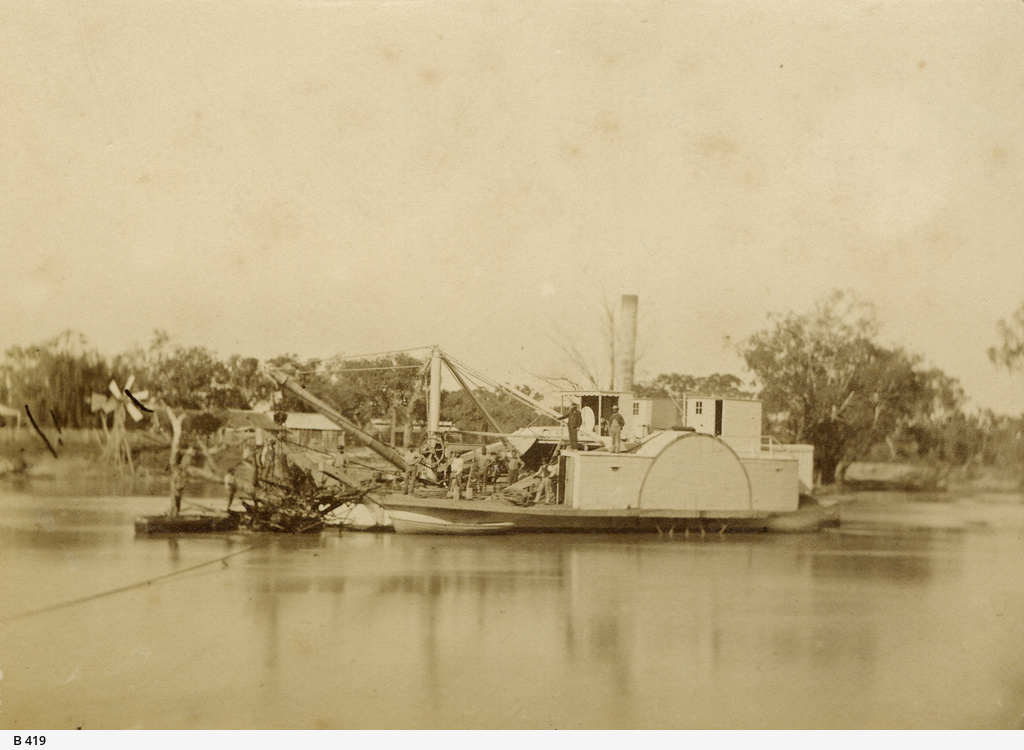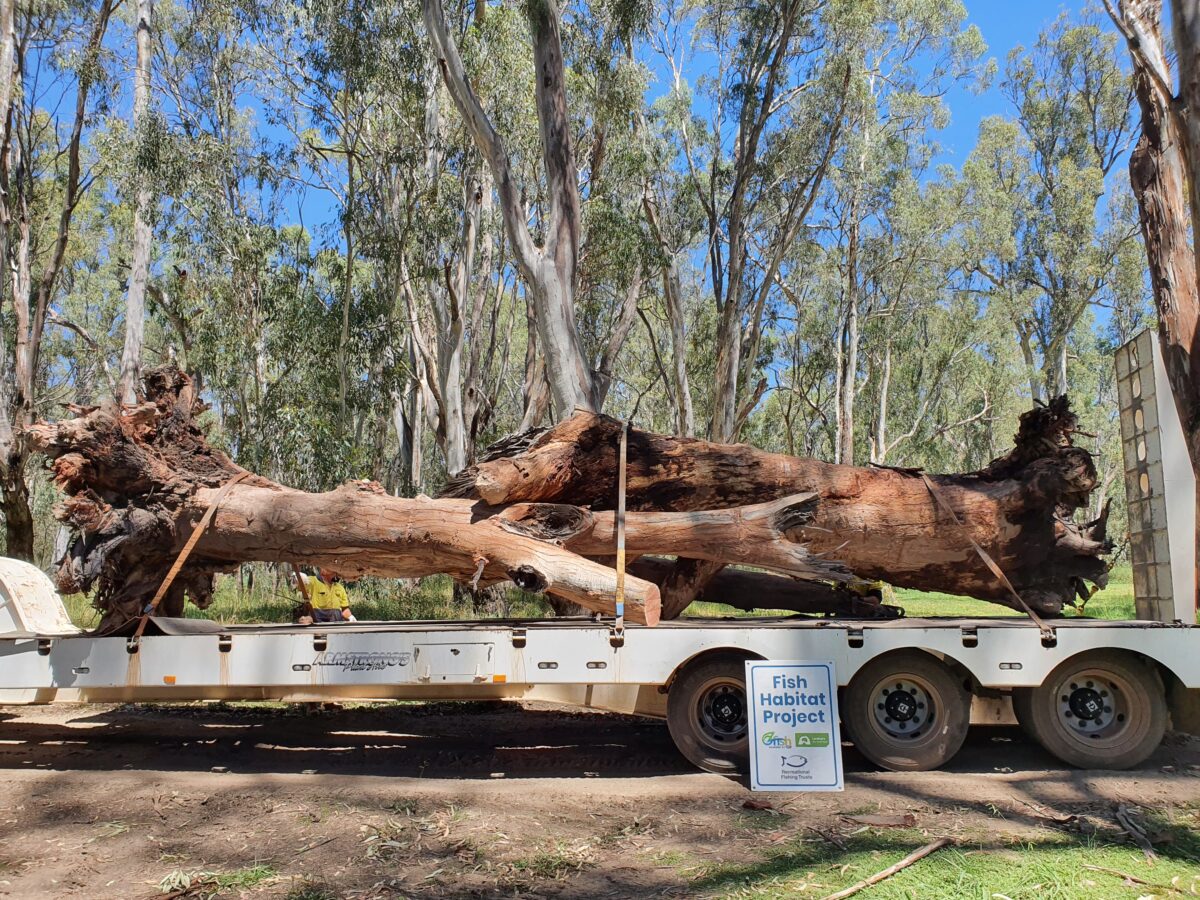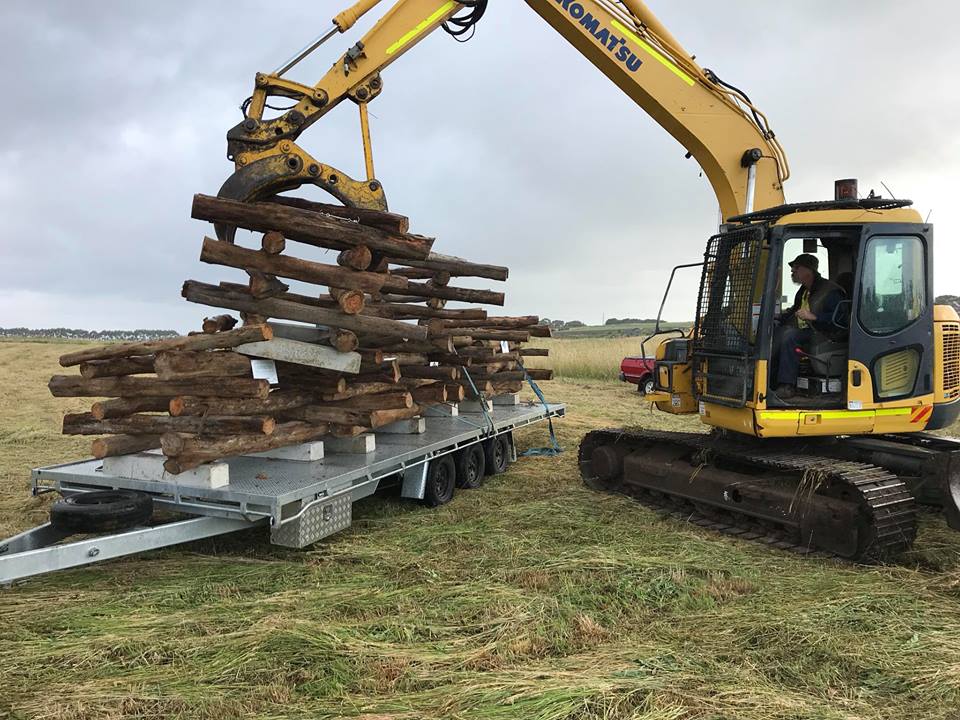Sadly, millions of snags have been deliberately removed through large-scale desnagging operations across the country since European settlement. But there is hope, OzFish are on a mission to put every one of them back in so our native fish can thrive.
Check out some of the resnagging and fish hotel projects OzFish volunteers have been involved in. If you would like to help make a difference, get in contact with our team today.
Projects
Whittaker’s Lagoon, NSW 2024
Bundaleer Reservoir, SA 2023
Murray River , NSW 2023
Hunter River , NSW 2023
Darling River Resnagging, 2023 NSW
Lake Eppalock, VIC 2023
Regional Youth Investment Program
Murray Sunset National Park Restoration, 2023
Bethungra Dam, NSW 2023
Floating Bird Roost, 2023 QLD
Murray hardyhead
Onkaparinga River, SA
Lansdowne River, Coopernook, NSW
Emigrant Creek, NSW
Logan River, QLD
Warren Reservoir, SA
Barwon River, VIC
Marron Habitat Project, Harvey River WA
Frenchmans Creek, NSW
Lake Wyangan, Griffith NSW
Curdies River, VIC
Murrumbidgee River, NSW
Deniliquin Lagoons, NSW
Lower Darling River Resnagging 2020, NSW
Bottle Bend, Mildura, NSW
Tarcutta Creek, NSW
Kings Billabong, Mildura VIC
Murray River, VIC
Butlers Creek, Mildura VIC
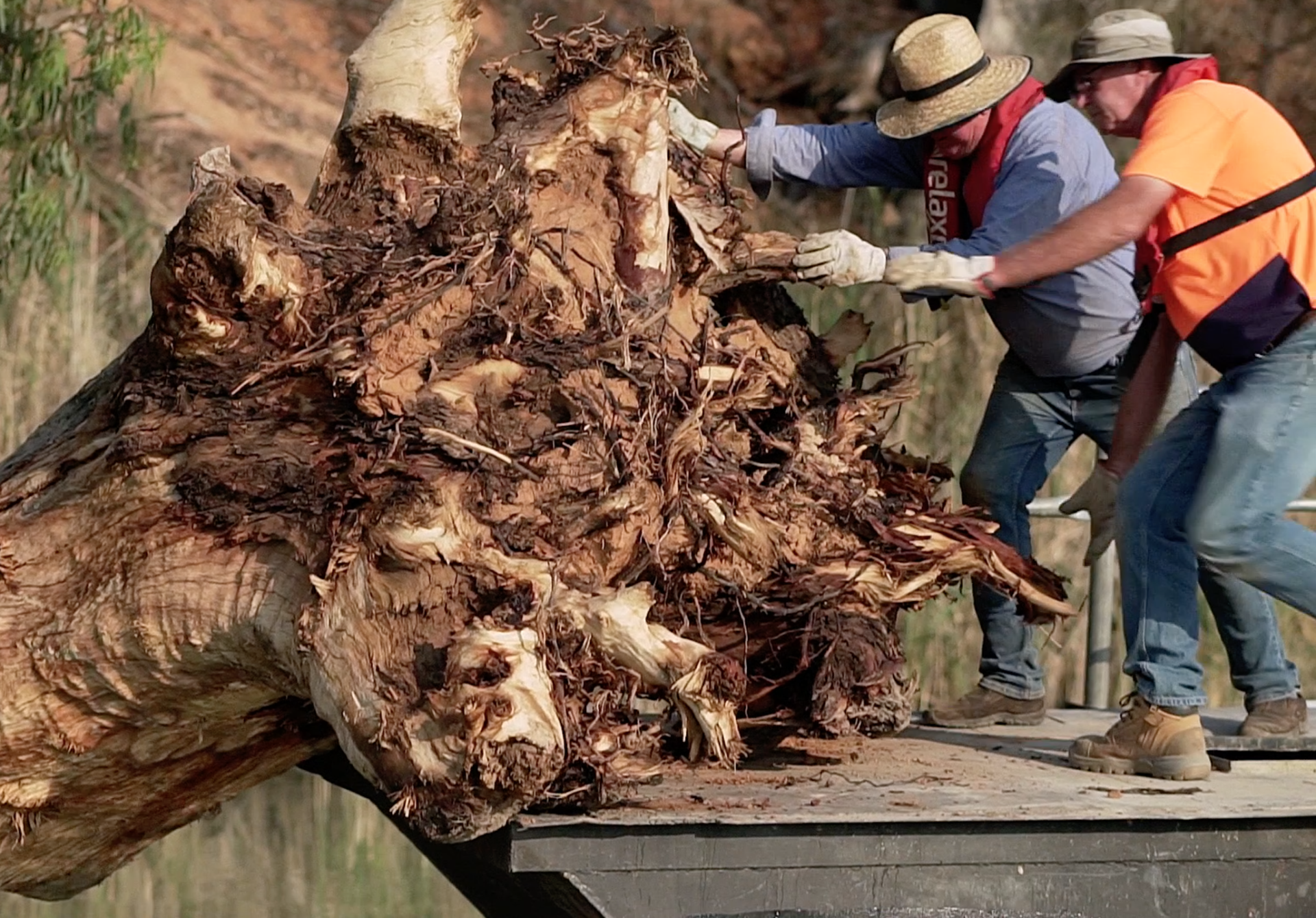
River resnagging and fish hotel projects at OzFish involves:
- Constructing and installing fish hotels
- Decontaminating and installing terracotta pots and limestone blocks
- Installing rock reefs
- Repurposing tree trunks
- Habitat mapping
- Monitoring and evaluation activities
- Running engagement and education events
- Conducting fish surveys
- Riverbank stabilisation
- Woody material collection
Frequently Asked Questions

Volunteer with Us
Join our community of volunteers who share our determination to restore fish habitat across Australia.
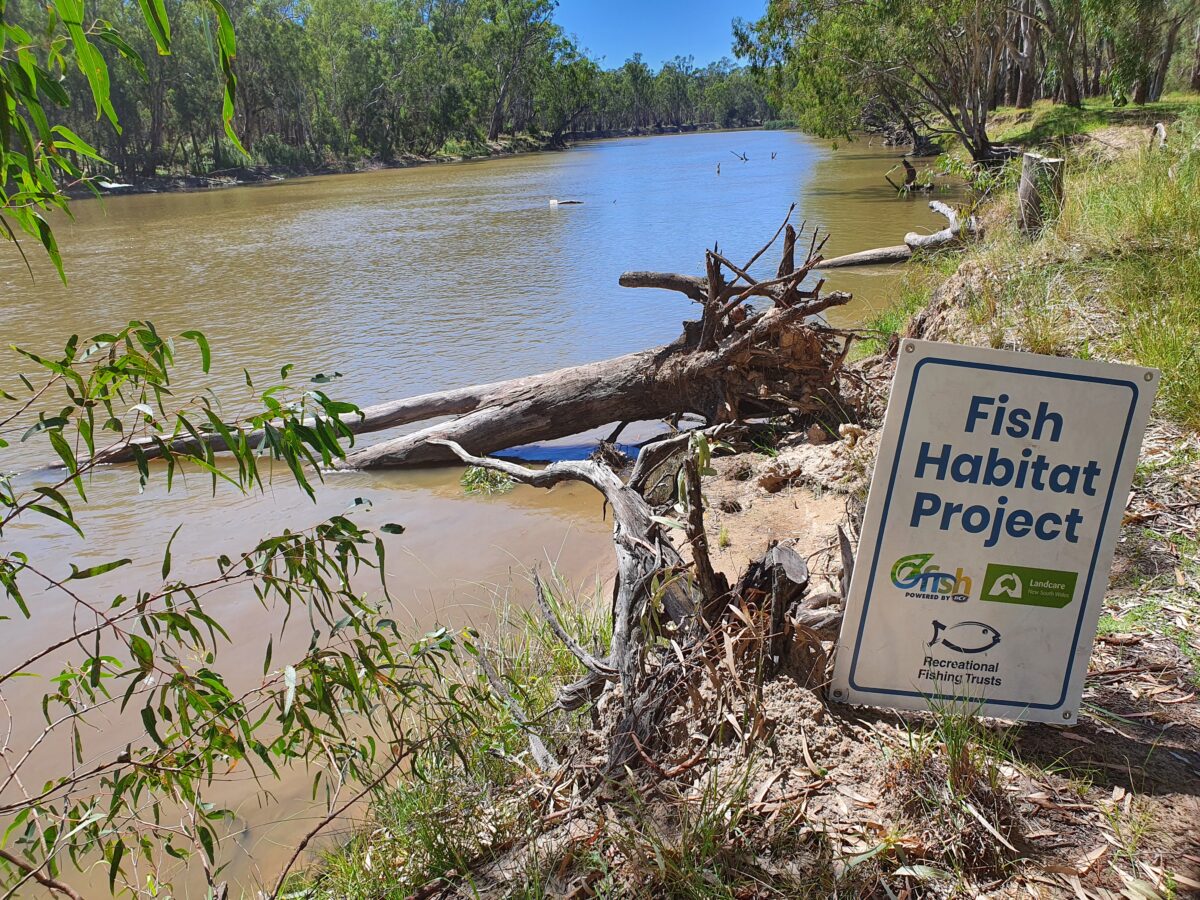
Make a Donation
Donate today to support our mission to restore our inland waterways through community-driven participation and ownership.

Become a Member
Help us raise funds for our restoration initiatives by becoming an OzFish member today. Learn more about member benefits!
Help Save Our Native Fish And Donate Now
At OzFish we are incredibly proud of the river resnagging efforts undertaken by so many of our OzFish volunteers, our fish need more help to recover now more than ever. And you can help.

